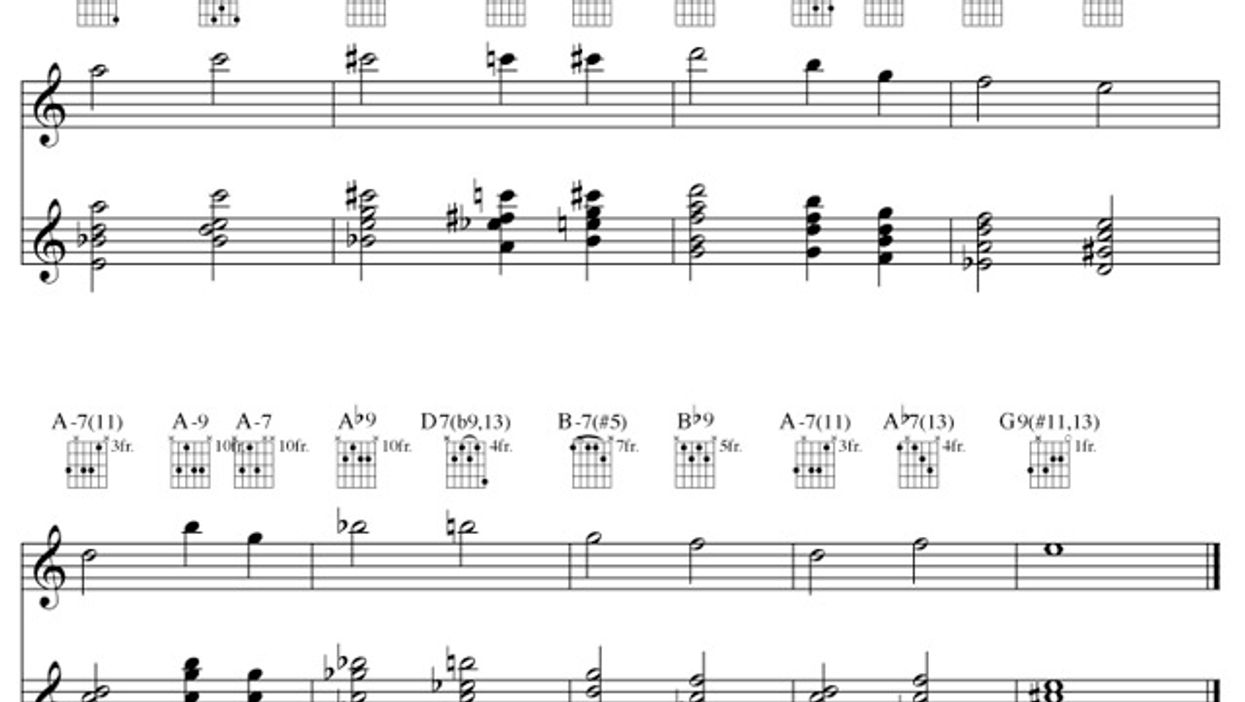Search
Latest Stories
Start your day right!
Get latest updates and insights delivered to your inbox.
chord-practice-melodies-tensions-great-start-place-even-added-highest-altered-turn-play-make-choice-sort-awareness-recycled-natural-ballad-latin-rocke
Don’t Miss Out
Get the latest updates and insights delivered to your inbox.
Recent
load more
